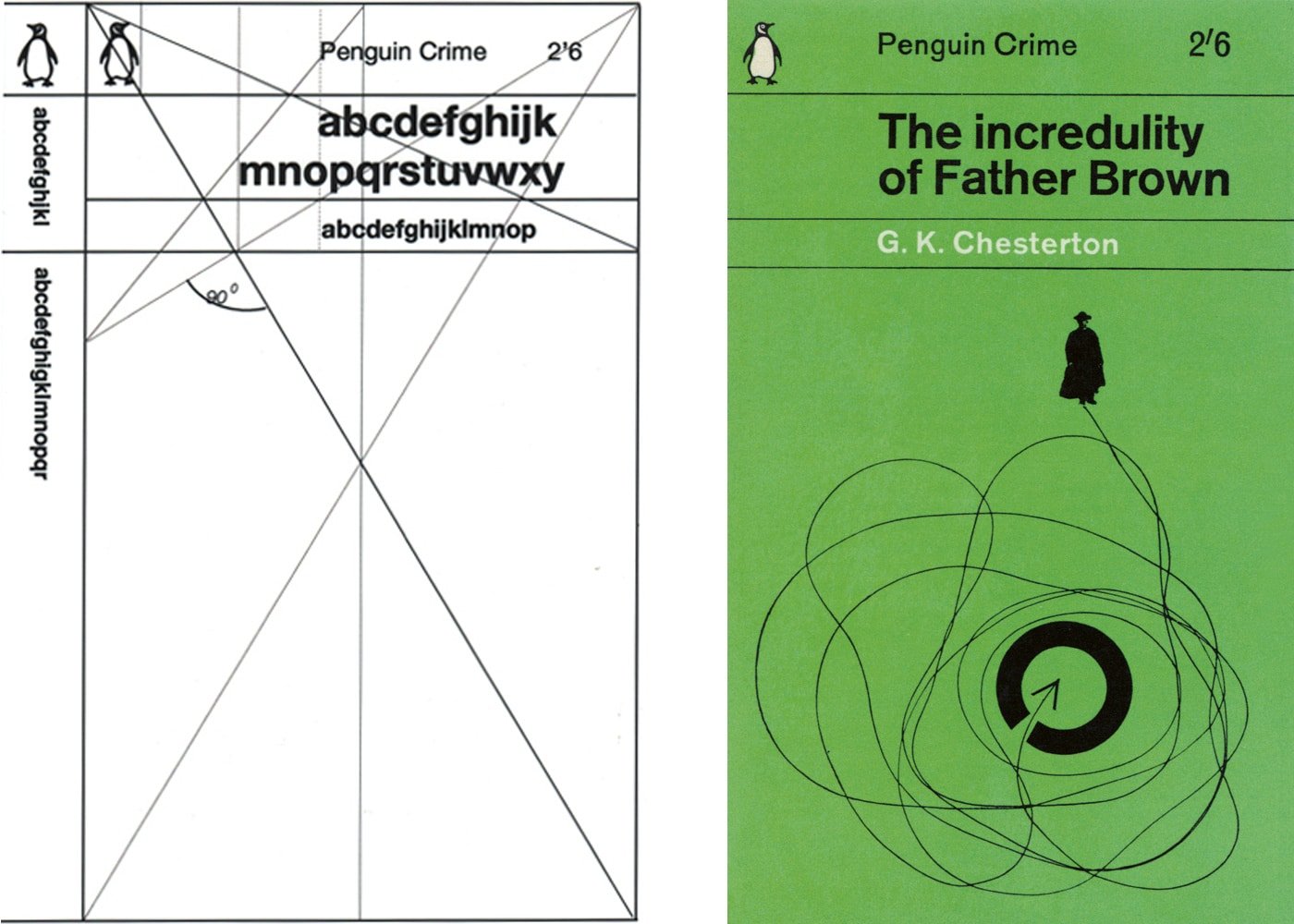In 1961, a Polish graphic designer by the name of Romek Marber, conceived a grid layout for Penguin book covers that became one of the most praised and recognised layouts of all time.
Marber was born in Poland in 1925. He had escaped the Nazi death camps with the help of Sergeant Kurzbach, who had also helped save large numbers of Jew’s during World War II. Arriving in Britain in 1946, Marber enrolled at St Martin’s School of Art, to study commercial art. He then went on to attend the Royal College of Art in 1953. Marber then designed a number of covers for the economist. These bold typographic designs were noticed by Germano Facetti who then asked him to work on some Penguin titles, which lead to the commission of the Marber Grid.
Marber intricately analysed what was needed from the layout and designed his grid based on his observations. He was careful to consider that the mystery and crime series style had remained practically unchanged since Edward Young’s typographic designs were first adopted 25 years prior.As the crime series was one of Penguin’s most popular and recognisable series, he decided to keep the familiar green hue of the covers, but chose a ‘fresher’ shade. By collating the typographic information and the colophon together within the top third of the page, he allowed for over two thirds of the cover to be used by the illustration, effectively giving the cover artwork the space needed to capture a browser’s attention and sell the book. Facetti was so inspired by Marber’s design that he also used it for Penguin’s fiction range, and would later apply it again, practically unchanged, to the blue Pelican books. Eventually Marber’s layout became the standard layout for the entire range of Penguin paperbacks.




No comments:
Post a Comment